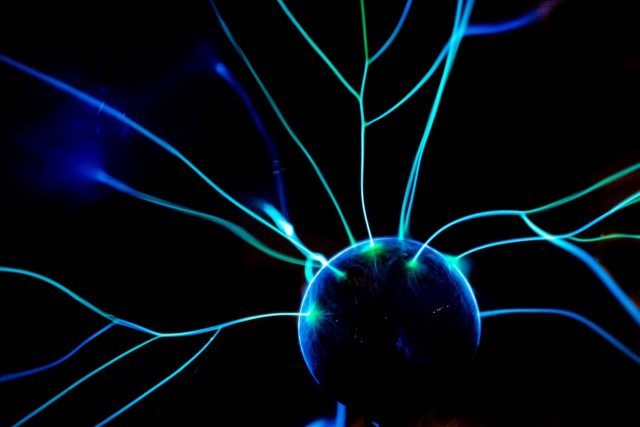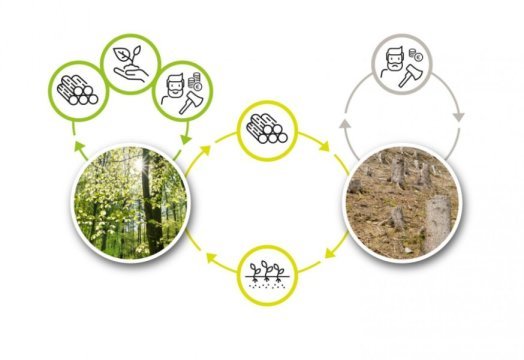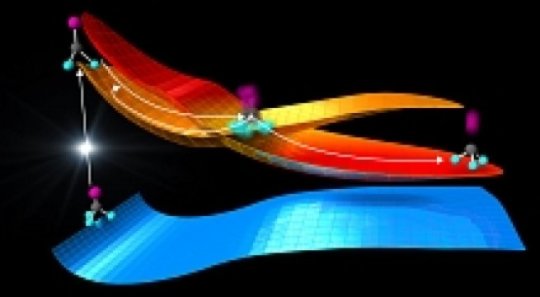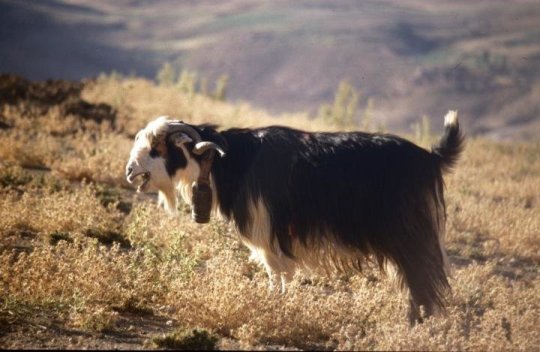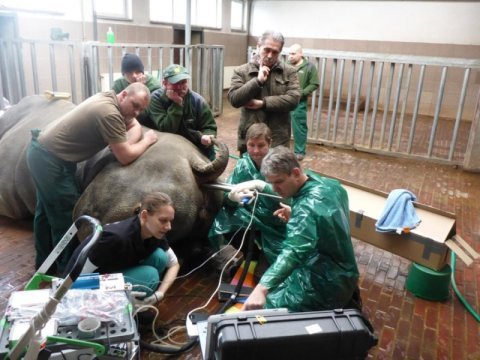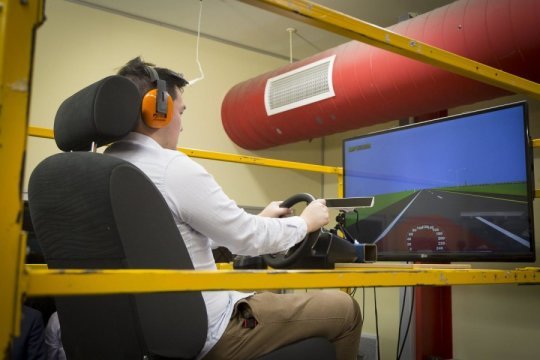Reversing cause and effect is no trouble for quantum computers
Watch a movie backwards and you'll likely get confused—but a quantum computer wouldn't. That's the conclusion of researcher Mile Gu at the Centre for...
A physics treasure hidden in a wallpaper pattern
An international team of scientists has discovered a new, exotic form of insulating material with a metallic surface that could enable more efficient electronics...
A message from the ScienceBulletin team
Dear readers,
as you certainly have noticed, our website was offline for a few days - in today's fast-moving world of science news, this must...
New tools to systematically build cooperation: Theory of repeated games
When what we want as individuals clashes with what is best for the group, we have a social dilemma. How can we overcome these...
Semiconductor quantum transistor opens the door for photon-based computing
Transistors are tiny switches that form the bedrock of modern computing; billions of them route electrical signals around inside a smartphone, for instance.
Quantum computers...
Ultra-high-speed ‘electron camera’ catches molecules at a crossroads
An extremely fast "electron camera" at the Department of Energy's SLAC National Accelerator Laboratory has produced the most detailed atomic movie of the decisive...
Ancient genome analyses reveal mosaic pattern of goat domestication thousands of years ago
An international team of scientists, led by geneticists from Trinity College Dublin, have sequenced the genomes from ancient goat bones from areas in the...
A breakthrough to rescue the Northern White Rhino
Northern White Rhinos (NWR) are functionally extinct, as only two females of this species are left on the planet. An international team of scientists...
Frigid polar oceans, not balmy coral reefs, are species-formation hot spots
Tropical oceans teem with the dazzle and flash of colorful reef fishes and contain far more species than the cold ocean waters found at...
Bacteria-powered solar cell converts light to energy, even under overcast skies
University of British Columbia researchers have found a cheap, sustainable way to build a solar cell using bacteria that convert light to energy.
Their cell...
Snooze mobiles: How vibrations in cars make drivers sleepy
New research has found the natural vibrations of cars make people sleepier, affecting concentration and alertness levels just 15 minutes after drivers get behind...




